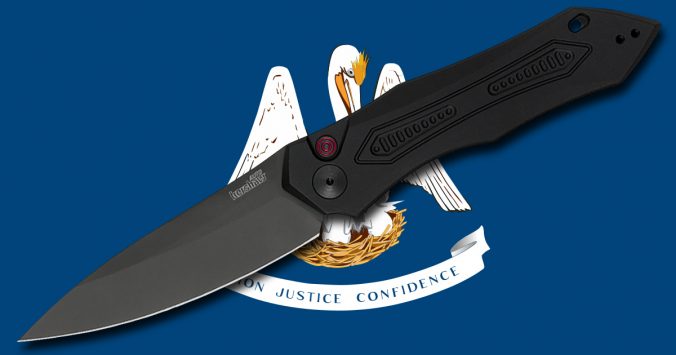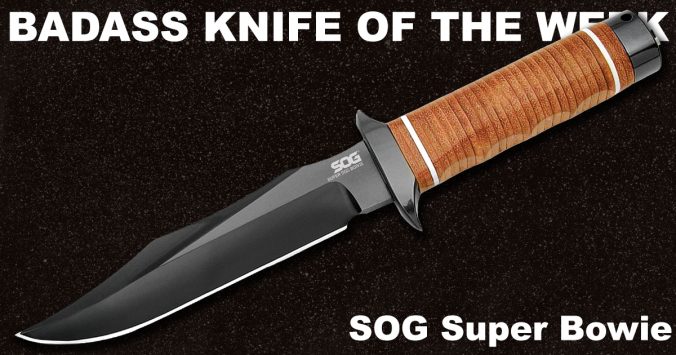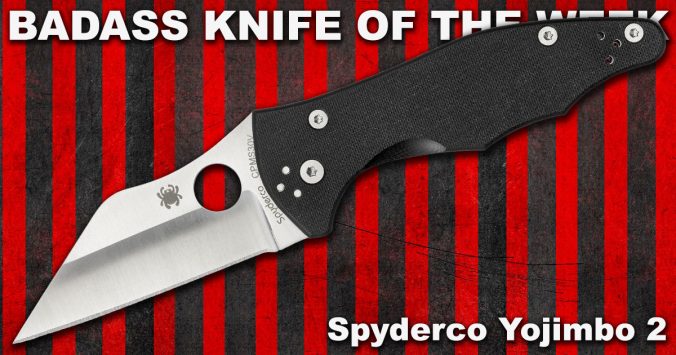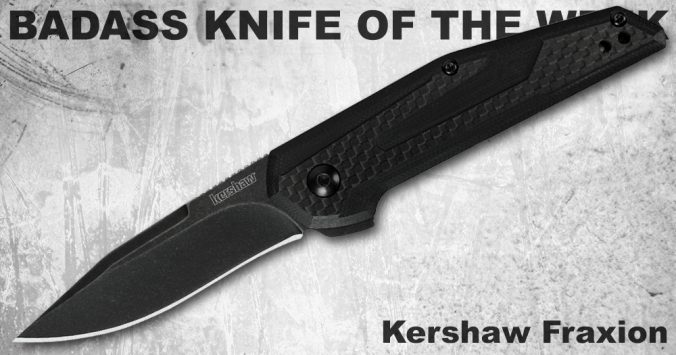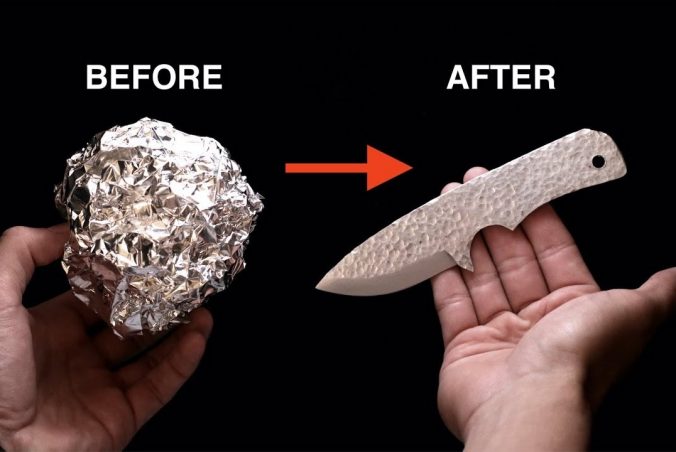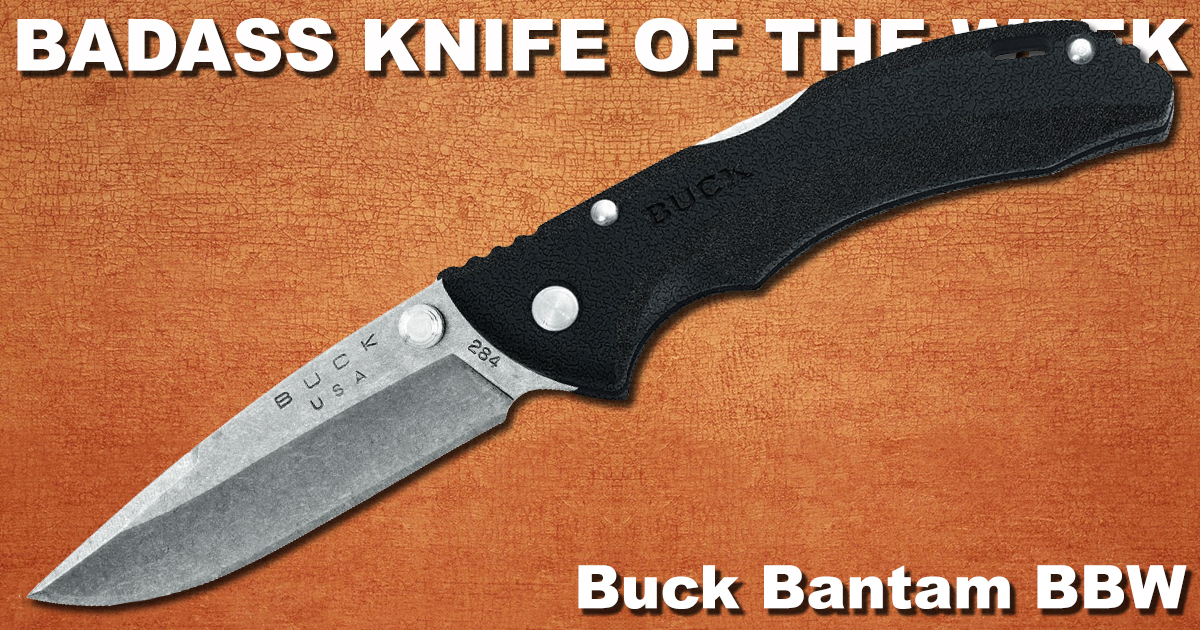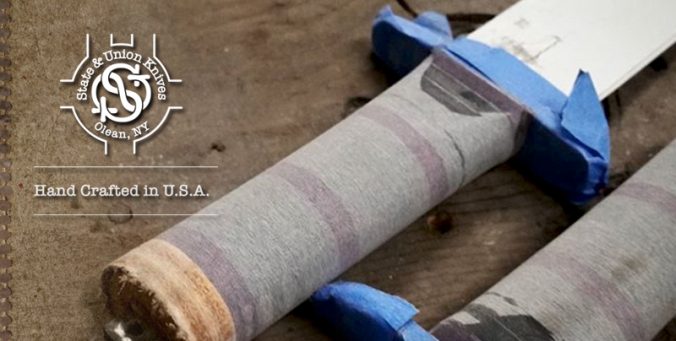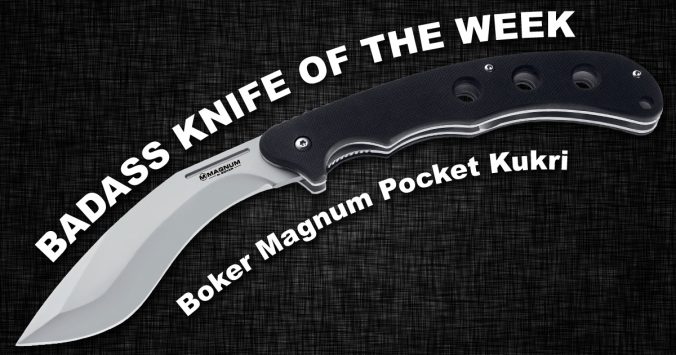If you live in Louisiana — the same great state Knife Depot is based in — then we have good news for you.
Gov. John Bel Edwards signed a bill that repeals the state’s antiquated ban on switchblade knives. Although the bill was signed by the governor on May 25, it doesn’t officially take effect until August 1.
The repeal was another victory for the knife community spearheaded by Knife Rights. The knife advocacy organization lobbied to get members of the state’s congress to draft and pass the bill.
The bill — titled HB892 — legalized the buying and carrying of switchblades as long as there is no “intentional concealment on one’s person.” The wording is a bit vague, but Knife Rights said it was necessary to add so sheriffs and state police wouldn’t oppose the bill.
